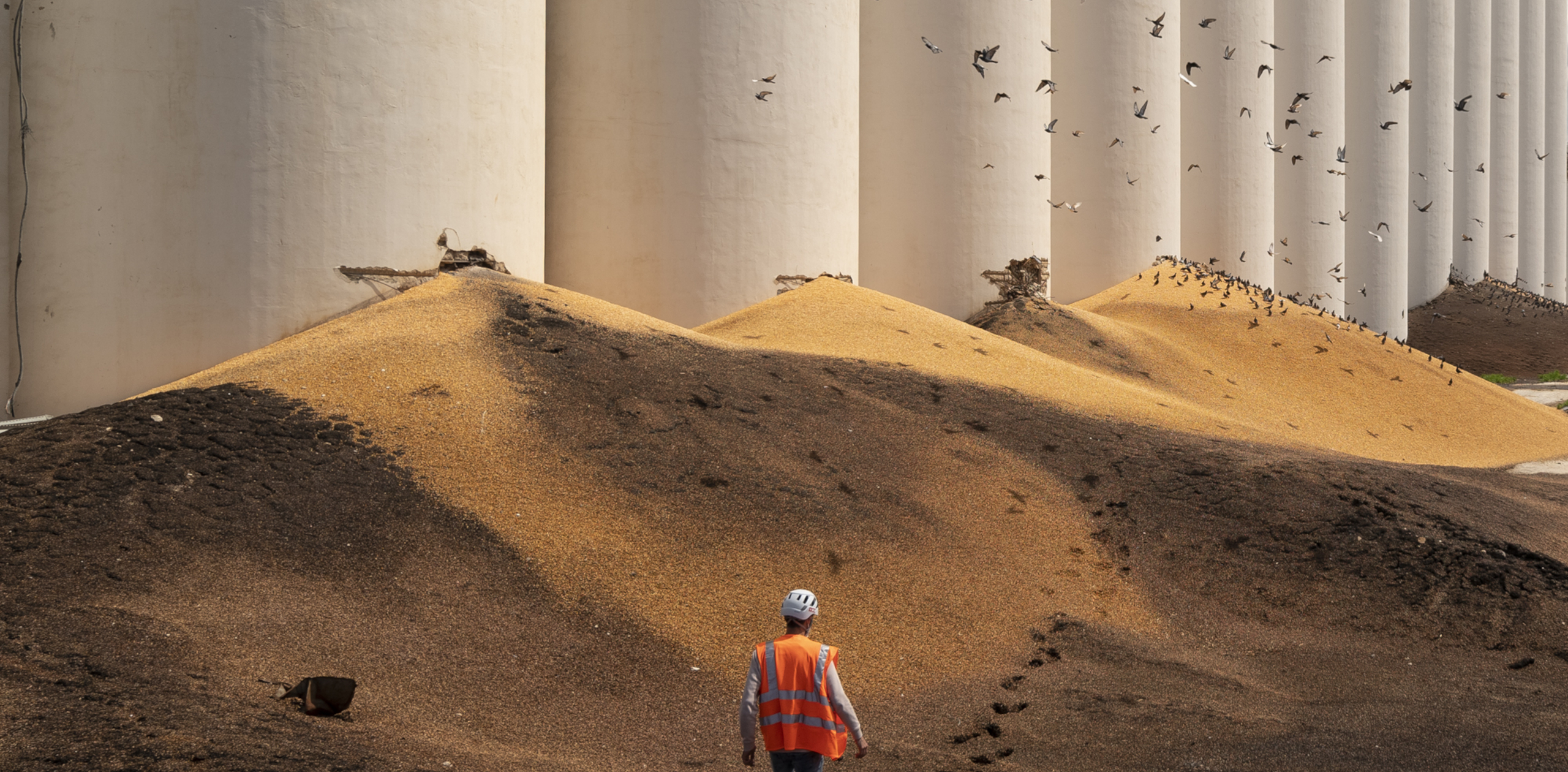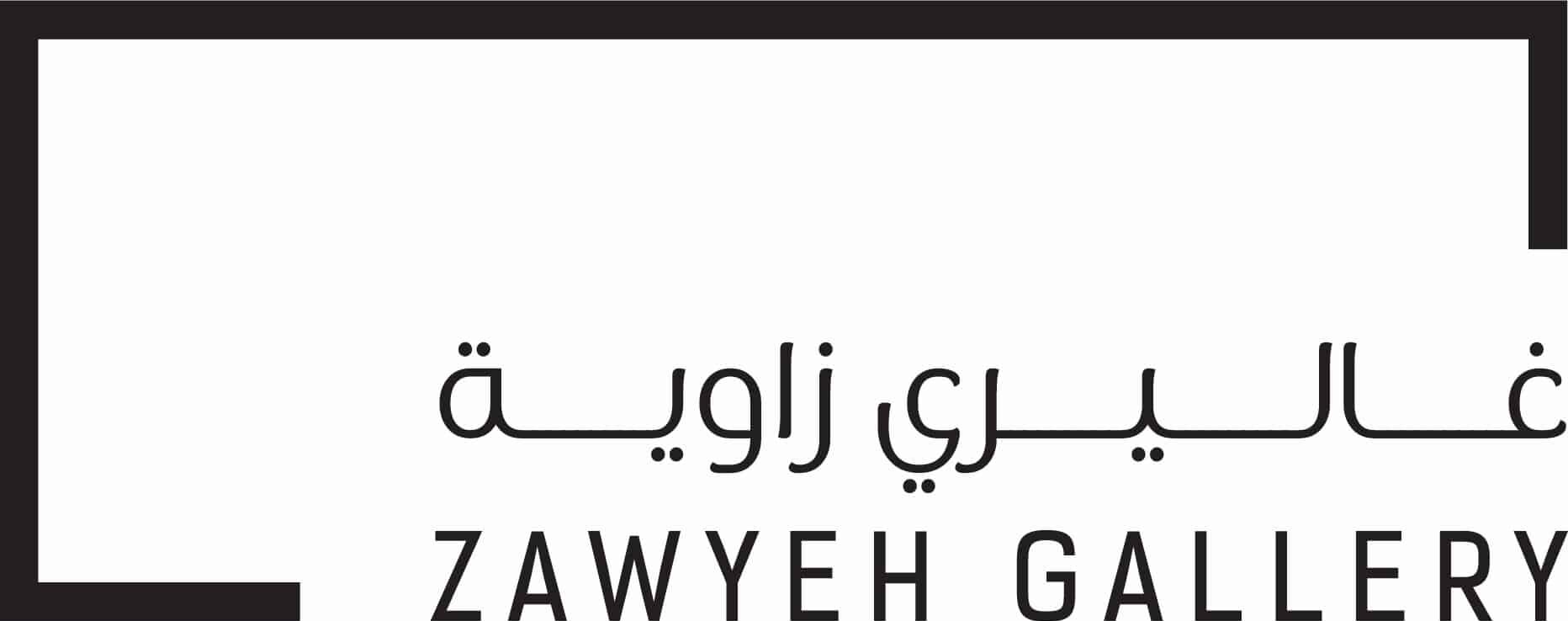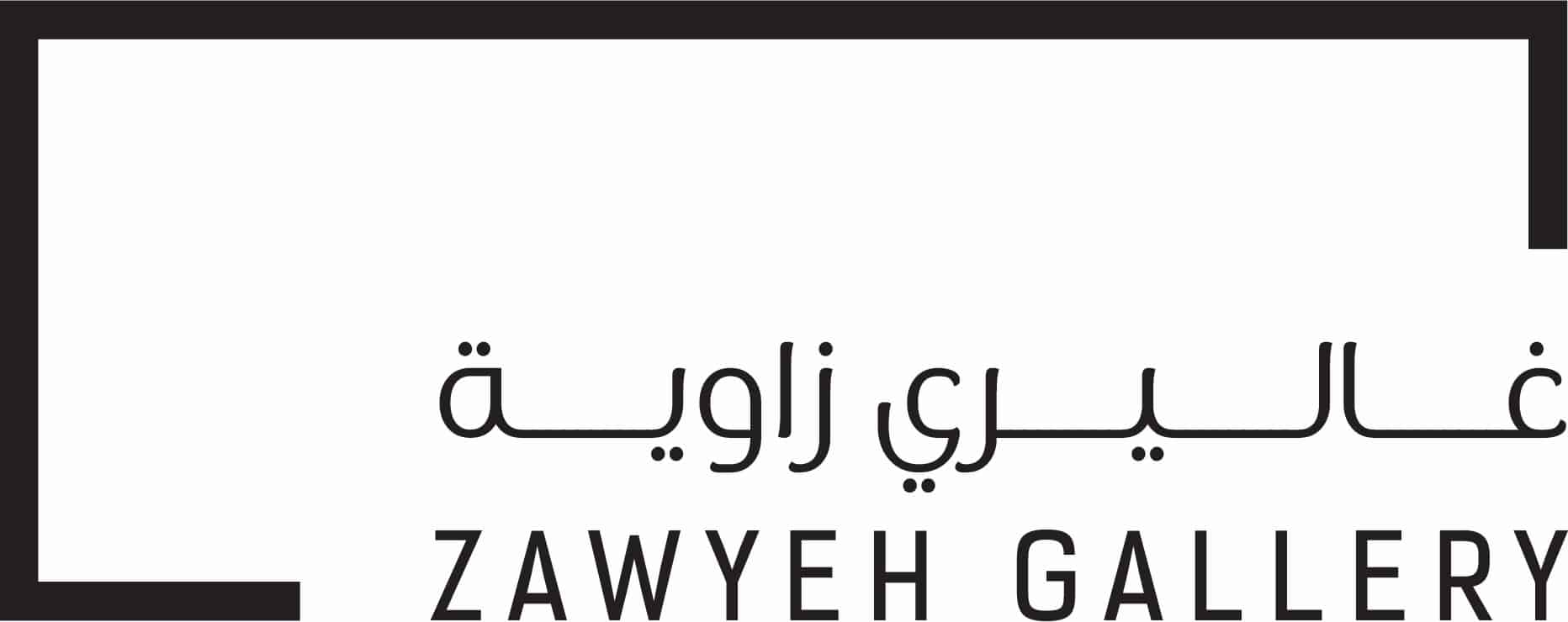
16 – 20 November, 2022
Abu Dhabi Art 2022
Location: Abu Dhabi
Booth AS1
Zawyeh Gallery is pleased to participate in the 14th edition of Abu Dhabi Art. This year, our exhibition brings together the experiences of three Arab artists at Abu Dhabi Art 2022. Afifa Aleiby (Iraq), Nabil Anani (Palestine), and Dia Mrad (Lebanon) present artworks that discuss a wide range of subjects, focusing on their milieu. In this context, they discuss landscape, architecture, and womanhood and how these subjects are shaped in their physical and social setting.
The work of Dia Mrad titled “Sun-Breaker” is an extension of “The Modern Way‘’ series, a previous body of work that investigates the Modernist heritage of Lebanon. The new work goes a step beyond to include and compare architecture from the Arab world and abroad.
This chapter focuses on the shading systems found commonly in Modernist architecture. Perceived as a Western influence, the shading system finds its origin in Islamic architecture; its inventor, Le Corbusier, found his inspiration in North African and Arabic vernacular architecture. Inspired by a traditional form, the work sheds light on the origins of modernity.
By extracting, decontextualizing, and questioning the origin of this architectural element, the artist exposes its authenticity in a quest to decolonize Arab history. Is it Modernist Western influence or Islamic Architecture Revival?
This ongoing body of work puts into perspective the visual dimension of identity and the genuine impressions of cultural heritage. In our quest to consolidate a post-colonial local identity, architecture provides both a degree of social cohesion and iconic forms that can become a source of pride for our community. Exploring the origins of our architecture helps to propagate the idea of a built environment shaped by and belonging wholly to its context through visual and theoretical mediums.
Nabil Anani presents the Palestinian landscape without disruptions, a perfectly manicured, well-tended landscape. He paints the picturesque hills of Palestine without the ever-increasing Israeli settlements, bypass roads, roadblocks, walls, and watch towers normally visible on every corner. He creates the Palestine of his dreams, inspired by his memories as a child growing up on the hills of Halhoul, a town near Hebron.
Olive groves, cypress trees, and wheat fields dot the hills and horizon as if they become part of an embroidered dress. The canvases are divided with horizontal lines and spaces inspired by the ancient terraces separating the fields, conveying a panoramic perspective and a rural ambiance. The trees carry different characters in each work, as if they are putting on different costumes for each show.
Anani has addressed the Palestinian landscape and rural life throughout his artistic journey, and his fascination with them inspired his artworks. In this series of works, one can rarely spot a human, for the primary focus remains on the aesthetic of nature, giving the audience a chance to ponder and appreciate the scenic terrain.
Experimentation with different media and using intense, vibrant colors remain methods that distinguish Anani’s style. In this series, he uses mixed natural media, such as straw, spices, dry flowers, and plants experimenting with color and texture. The result is a distinct surface and memorable feelings that carry us to Palestine despite all the borders.
Afifa Aleiby’s body of work discusses womanhood. Women are dominantly present in her works, and they take the shape of monuments; white, cold, and motionless in most of the series or the shape of saints. Yet the monuments are either headless or without bodies. Her works emit feelings of uneasiness as if reflecting the reality of being a woman in a harsh society ruled by masculinity. In “Traces, 1986”, the sculpture of the upper half of the body of a young girl lies motionless on the ground. The girl carries a red flute while light shines on her. In a later work, “Memory, 2000,” a headless white sculpture of a young girl looks as if just lost two angel wings that can be seen on the ground. The motionless headless body is praying tenderly in “Abuse, 2022,” another sculpture of a woman lying in a garden broken in two halves. An oud lies next to the motionless woman.
The titles of Aleiby’s works suggest that she is the subject of the artworks as if the paintings depict certain aspects of her own life as a mother and as a young girl in particular.
Join our Newsletter
Sign up for our Newsletter and get all the latest news

